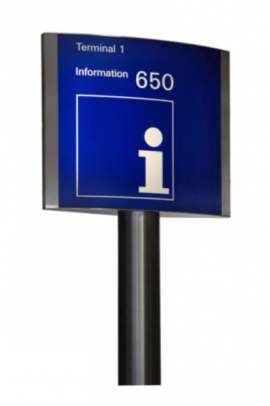
A Background to the Patent Cooperation Treaty

Intellectual property is a concept that is highly regarded and protected in the United States. The same is sure to be true across all nations in world. The protection of intellectual property is not only important as it applies to the owners and the actual types of intellectual property, but also the viability and potential commercial success of this kind of property. In the United States, there are various systems of legislature and regulations regarding the protection rights of intellectual property.
Among them, patent law in the United States has provided protection rights and regulations since the inception of the Patent Act of 1790. As patented inventions or innovations became a commercial success in the United States, the protection rights of patents would become a growing concern, not only on the national level, but also on the international level as well. As the United States economy would begin to grow and expand to foreign markets, the need for protection of patents across seas would become paramount. International patents would become a consideration, not just for the U.S., but for many nations across the globe. However, it would not be until 1970, when an actual agreement would be reached as to how to approach the idea of international patents.
The Patent Cooperation Treaty is an international patent treaty that allowed for patent applications to be filed to protect innovations and inventions on foreign soil. Formally titled the Washington Diplomatic Conference on the Patent Cooperation Treaty, it was held in Washington, D.C. from May 25th to June 19th of 1970, when the treaty was actually signed. The Patent Cooperation Treaty, or PCT for short, originally had eighteen nations or countries as members or signatories. The PCT would not be formally enforced until January 24th, 1978. Later on that year, the first international applications would be filed.
As provided in its Preamble, the PCT has a specific purpose in mind. Aside from the protection of patents and inventions at an international level, other aspects such as economic development, access to technological innovations and solutions, expansion of the sciences and technology to developing countries, and the increasing the efficiency of legal systems were all ambitions that were sought out by this treaty. All nations adhering to the Paris Convention would be eligible to become members of the PCT. As of 2009, there are 142 countries and nations that are currently members to the Patent Cooperation Treaty. Thailand would become the 142nd member of the PCT, and enforced its provisions on Christmas Eve, 2009.
Almost all of the world's countries have joined the PCT, with a few still yet to do so, such as Argentina and Taiwan. One of the main advantages of the international patent system created by the PCT is that is allows for a single application and registration procedure for international patent protection. It is important to note that an actual international patent does not exist, and that the PCT simply establishes for the recognition and protection of domestic patents in foreign countries. The Patent Cooperation Treaty essentially acts as a form of international patent law, which countries can adhere to in order to foresee the protection of their domestic intellectual property, and their prospective creators and inventors.



















